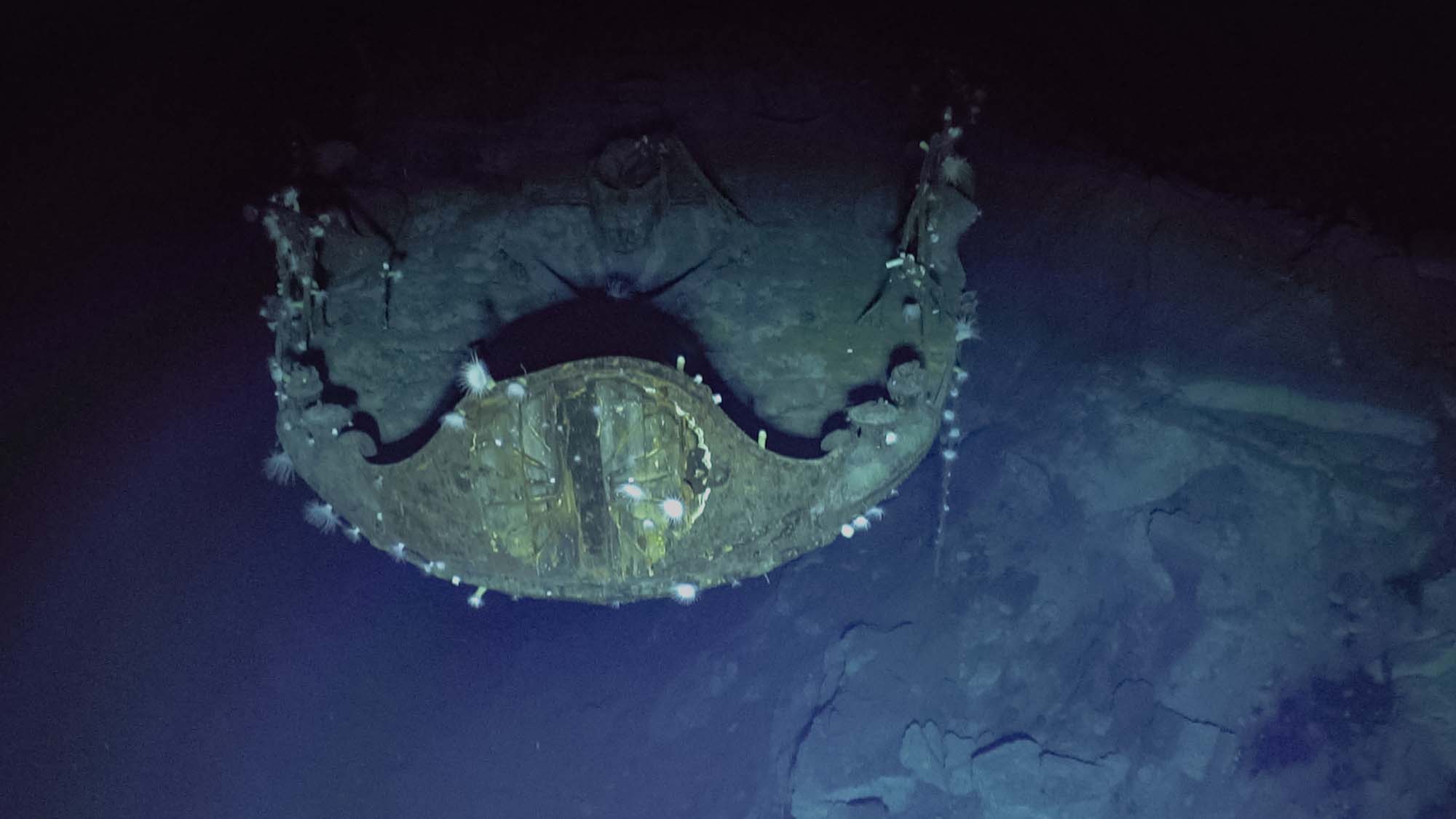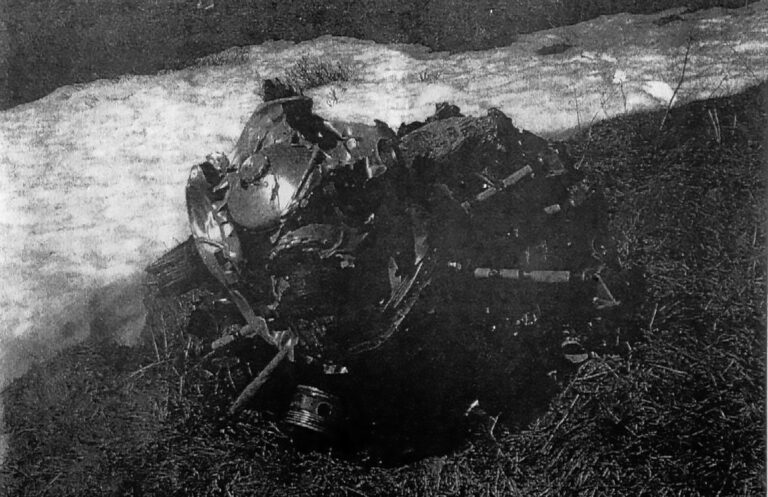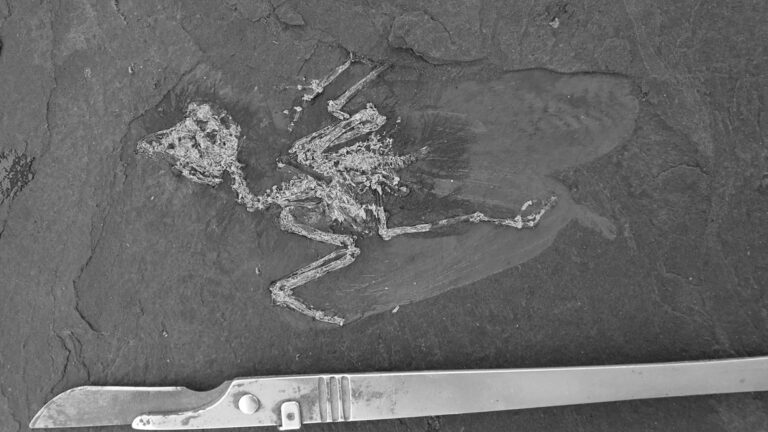Grim remains from one of the most important naval conflicts of World War II have been revealed by a new ocean-bed study of ships sunk in the Battle of Midway.
Historians say the battle between Japanese and US warships in the Pacific Ocean in 1942 was a turning point in the war which Tokyo never recovered from.
Now spectacular new video footage has revealed how some of the ships sunk in the conflict are still in remarkable condition more than 80 years later.
The images were captured during a five-day study by a team of experts from Japan and the US near Midway Island from 8th September.
Crystal clear footage show the Imperial aircraft carrier Akagi for the first time with its weaponry still intact more than 5,100 metres (16,730 feet) under the sea.
The chrysanthemum crest, the symbol of the Japanese imperial family, can be seen on the vessel’s bow.
Its anchor lies on the sea bed and amazingly parts of its bridge are still intact.
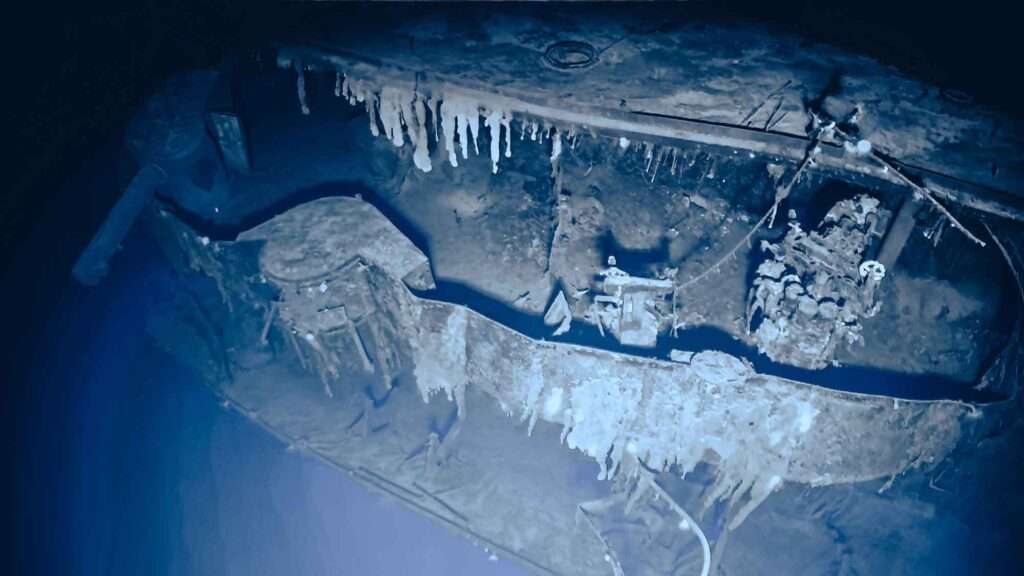
The carrier was sunk after it was severely damaged by US torpedo planes and its commander Admiral Chuichi Nagumo had to flee to another Japanese ship.
The Akagi was initially located during a US Navy mapping survey in 2019 but it has not been seen until now, according to the experts.
Daniel Wagner, Ph.D., Chief Scientist for Ocean Exploration Trust said: “This expedition is not only rewriting history and our understanding of these special places but also pushing the limits of what we thought was possible in terms of interdisciplinary collaboration.
“During over 43 hours at depth, we methodically circumnavigated these historic wrecks, bringing to light many features in great detail, including their armament, battle, and sinking-related damage.
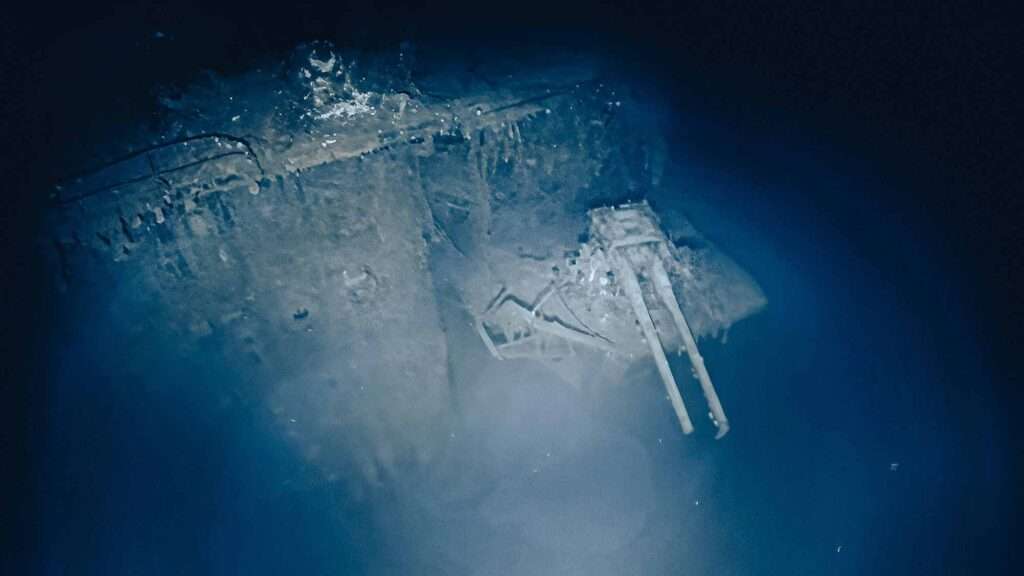
“Many anti-aircraft guns were still pointing up, providing clues about the final moments on these iconic ships.”
The survey also showed footage of the American aircraft carrier USS Yorktown, sunk by a Japanese submarine while it was being towed away from the battle.
A second Japanese aircraft carrier, Kaga, was also shown in the footage.
The Battle of Midway came just six months after the Japanese surprise attack on Pearl Harbor in Hawaii .
It marked a major victory for US forces who had cracked Japan’s secret naval code and were able to lead their warships into an ambush.
Japan suffered a major defeat and lost four carriers, Akagi, Kaga, Soryu, and Hiryu, as well as the heavy cruiser Mikuma.
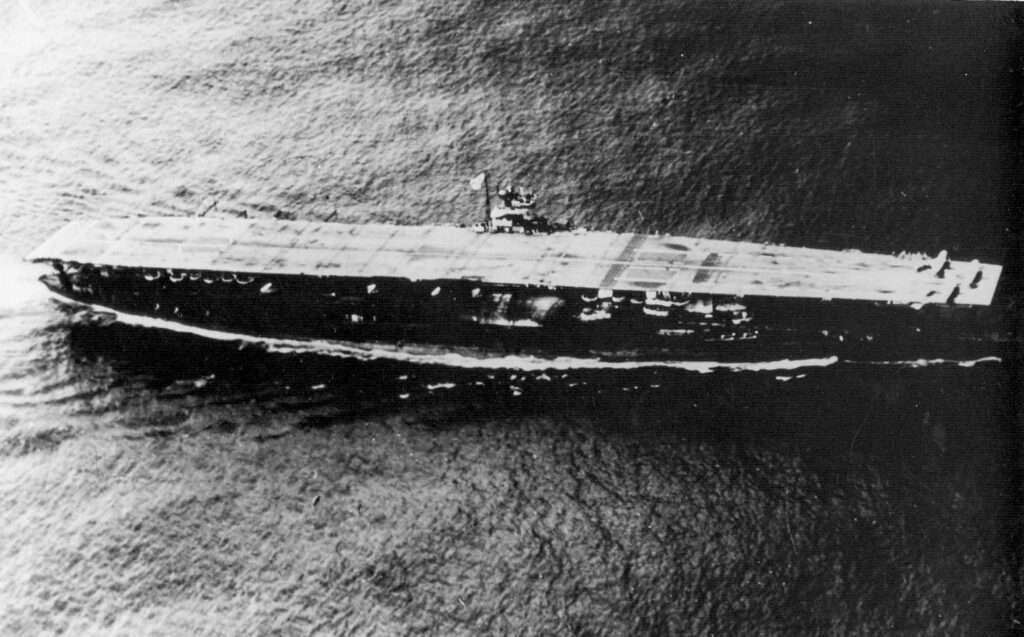
To find out more about the author, editor or agency that supplied this story – please click below.
Story By: Simona Kitanovska, Sub-Editor: Michael Leidig, Agency: Newsflash
The Ananova page is created by and dedicated to professional, independent freelance journalists. It is a place for us to showcase our work. When our news is sold to our media partners, we will include the link here.

